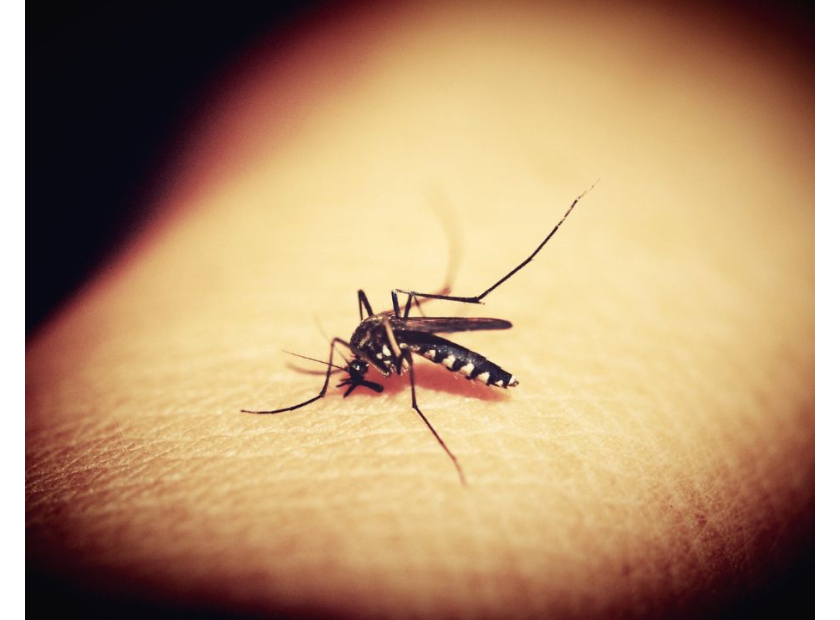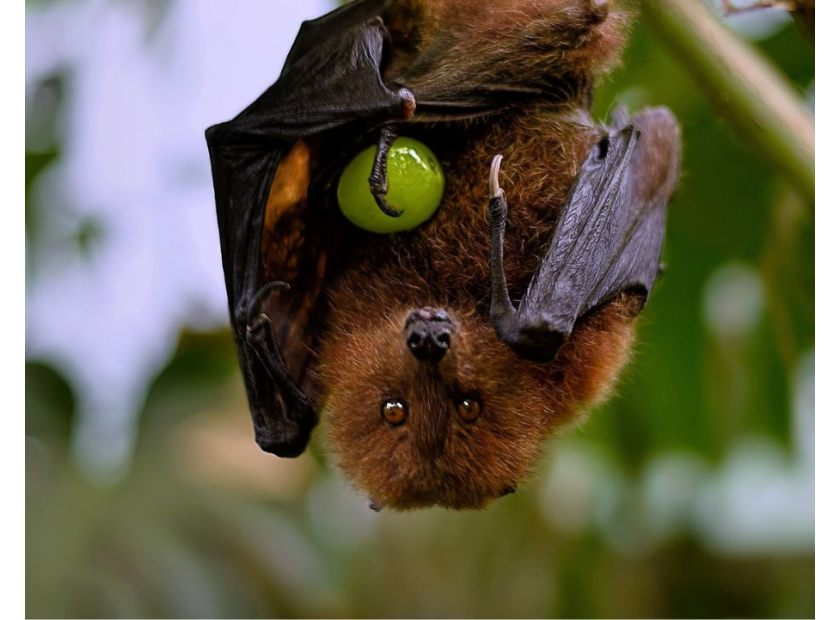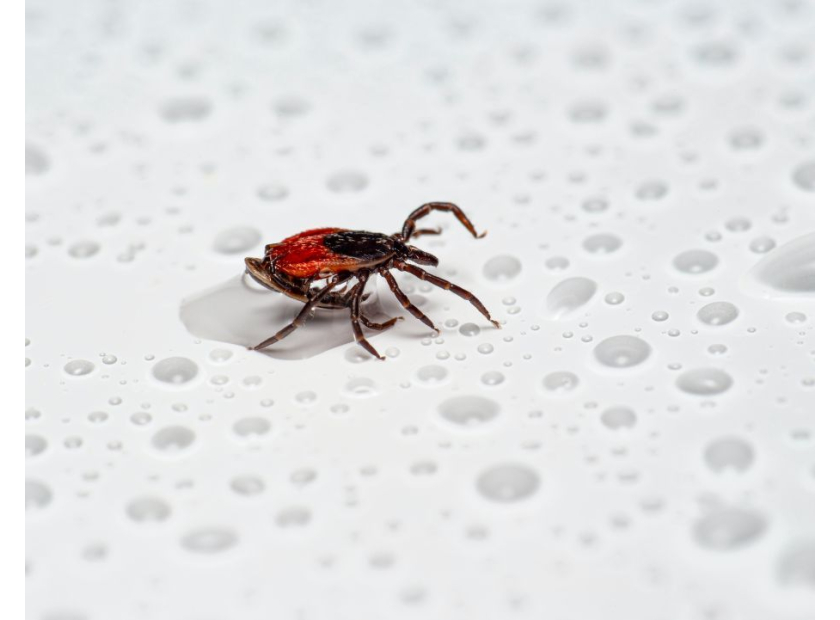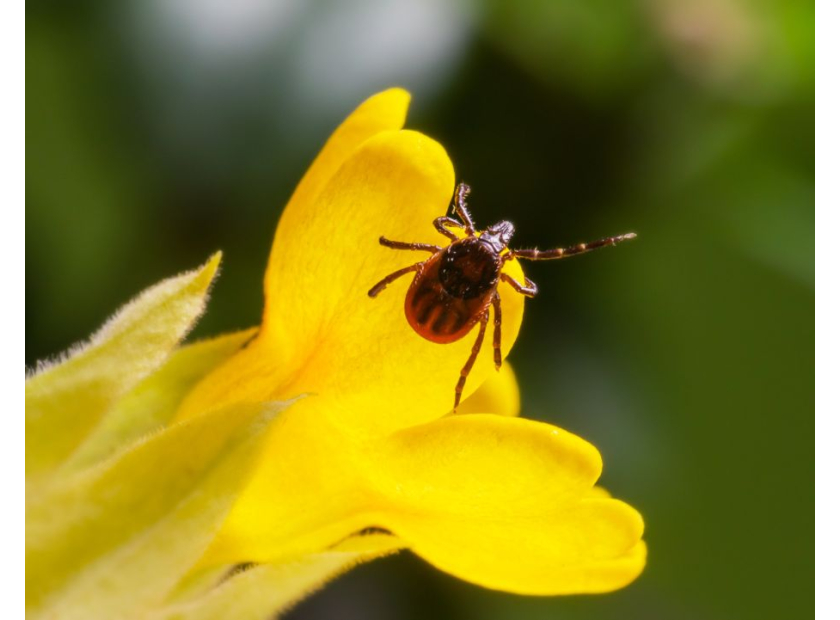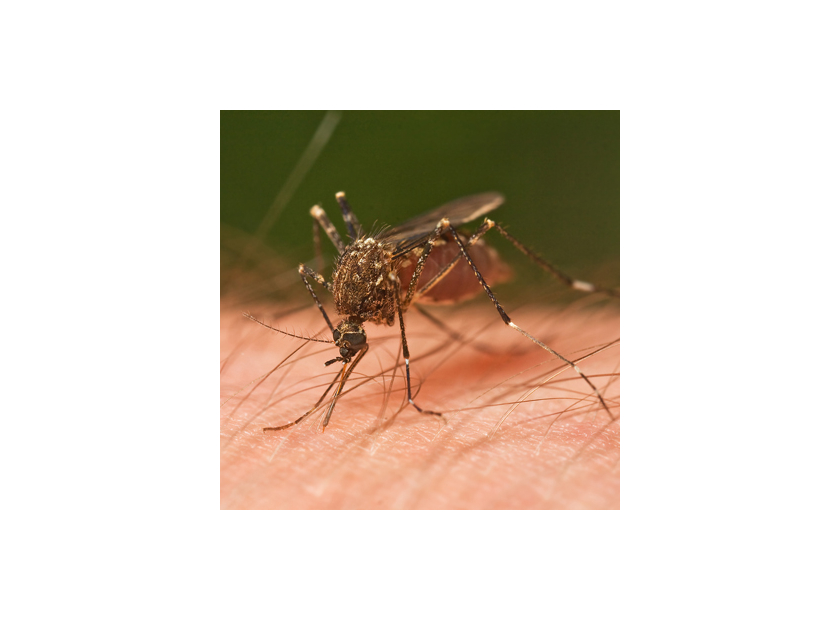Zoonotic Diseases
-
Posted: December 26, 2024Read More
Introduction to Antimicrobial Resistance (AMR)
Antimicrobial resistance (AMR) is one of the top ten global public health threats facing humanity.¹ Ironically, humans are to blame; yet, in recent years, the increase of AMR strains in animals, specifically companion animals, has also...
-
Posted: November 26, 2024Read More
The cold and flu season is upon us.
Flu season tends to peak in the winter months, between December and February, according to the Centers for Disease Control and Prevention. If you have not stocked up yet on necessary testing supplies for your laboratory, we are listing a few key...
-
Posted: October 08, 2024Read More
Carbapenem-resistant Enterobacterales (CRE) refers to a group of bacteria within the Enterobacterales order that have developed resistance to carbapenem antibiotics. Carbapenems are a class of broad-spectrum antibiotics used as a last-resort treatment for serious infections caused by multi-drug-resistant bacteria.
... -
Posted: October 07, 2024Read More
Dengue cases in the Americas surged threefold in the first three months of this year compared to the same period last year, according to the Pan American Health Organization (PAHO). Brazil, Argentina, and Paraguay are the most severely affected countries. PAHO officials warn that this outbreak has the potential to be the worst the Americas have faced to date.1
... -
Posted: July 11, 2024Read More
As we navigate through 2024, the avian flu, or H5N1, continues to make headlines around the globe. Recent reports indicate an alarming spread of the virus, with new human cases anticipated, highlighting the urgent need for robust surveillance and diagnostic measures. At Hardy Diagnostics, we are committed to supporting the global healthcare community in the fight against infectious diseases with our...
-
Posted: March 19, 2024Read More
Get ready to cluck with excitement because it's National Poultry Day! At Hardy Diagnostics, we're proud to offer a range of products designed to support poultry farmers in maintaining the highest standards of safety and quality. ...
-
Posted: September 13, 2023In some cases in Florida, patients with leprosy report contact with armadillos, but others to not. These are the only animals known to harbor the disease and have been known to spit when people get too close...Read More
-
Posted: October 28, 2022
-
Posted: September 02, 2022Categories: Zoonotic DiseasesRead More
Another Emerging Virus With a Very High Mortality Rate
Originates from bats
The Nipah virus (NiV) is a zoonotic virus of the genus Henipavirus, family Paramyxoviridae, and has been identified as a biosafety level-4...
-
Posted: June 08, 2022Read More
Lyme disease is one of the most common types of tick-borne diseases (TBDs), yet many questions remain surrounding long-term treatment of this disease. Borrelia burgdorferi, the spirochete causing the disease, is transmitted to humans through the bite of an infected Ixodes tick. (1) The first symptoms will often include a bullseye rash forming around the tick bite, as seen in the photo...
-
Posted: June 07, 2022Read More
In December 2021, Canada reported the first case of the 2021-2022 highly pathogenic avian influenza (HPAI) H5N1 in North America. Subsequently, HPAI H5N1 viruses have been confirmed in wild birds, backyard flocks, and commercial poultry facilities in both Canada and the United States. (1) According to the United States Department of Agriculture (USDA), as of April 26, 2022, there have been almost 37...
-
Posted: December 15, 2021Read More
Will Releasing Genetically Modified Mosquitos Finally Conquer Malaria?
For the first time, scientists have shown that a new kind of genetic engineering, known as a "gene drive," can crash populations of malaria-spreading mosquitoes.
...
-
Posted: November 23, 2021Read More
In the United States, Campylobacter is the most common bacterial cause of diarrhea, affecting 1.5 million U.S. residents every year.(1) Approximately 30% of Campylobacter strains have decreased susceptibility to fluoroquinolones (e.g., ciprofloxacin) or macrolides (e.g., azithromycin), the antibiotics commonly used to treat infections, which poses a serious threat to public health.(2)
In August... -
Posted: October 20, 2021Read More
More deadly than Lyme Disease...
In 1958, a five-year-old boy from Powassan, Ontario, Canada presented to a children’s hospital complaining of dizziness; his parents also described tremors of his left arm. Electroencephalogram readings showed a widespread disturbance in the patient’s brain. The patient’s condition began to rapidly...
-
Posted: May 16, 2020Read More
One of the deadliest species known to man is Aedes aegypti, also known as the Yellow Fever mosquito. This species of mosquito is capable of carrying and spreading diseases such as chikungunya, zika, yellow fever, and dengue fever to more than half of the world's population. These diseases are the cause for millions of deaths every year and have increased substantially in the last 30 years.(1)...









